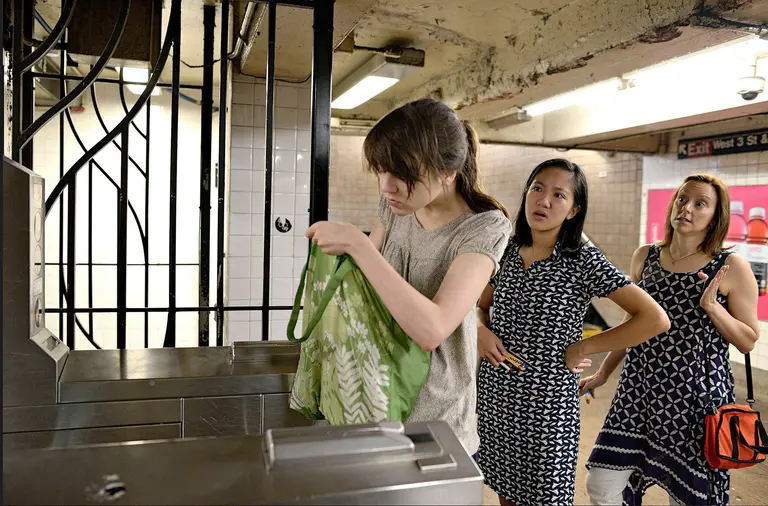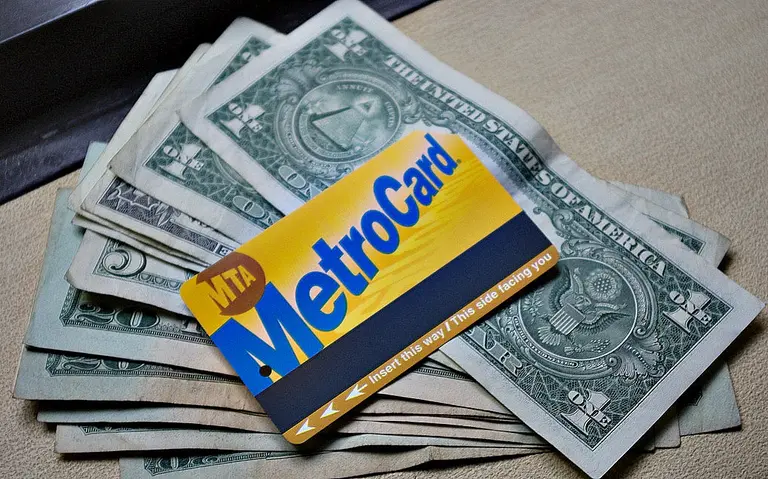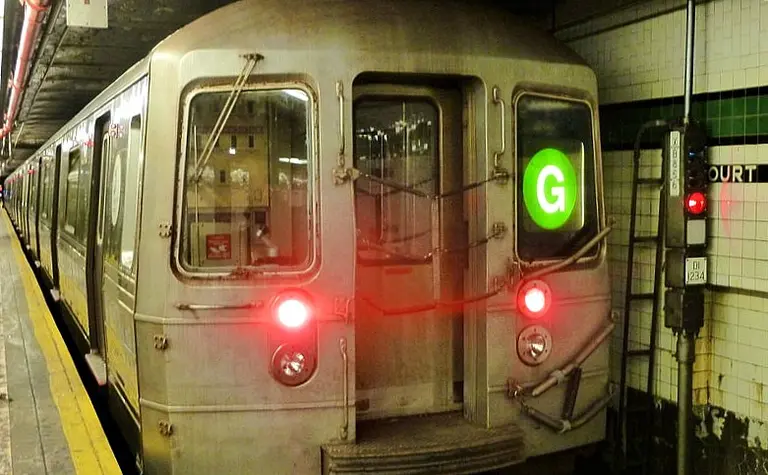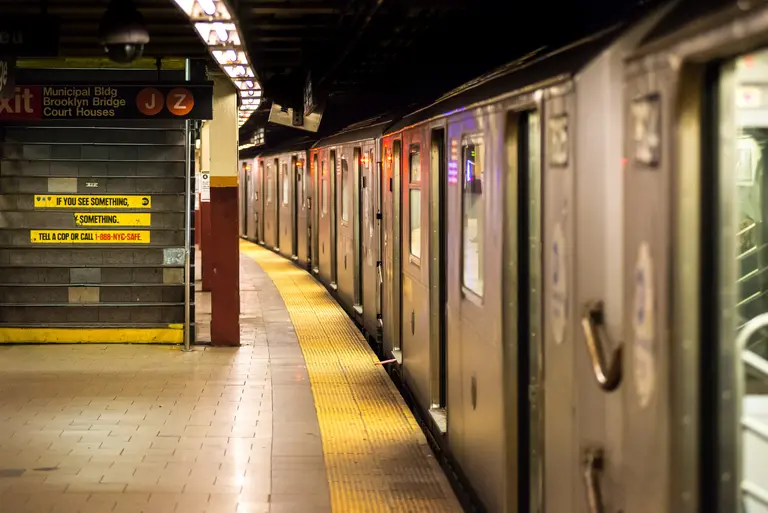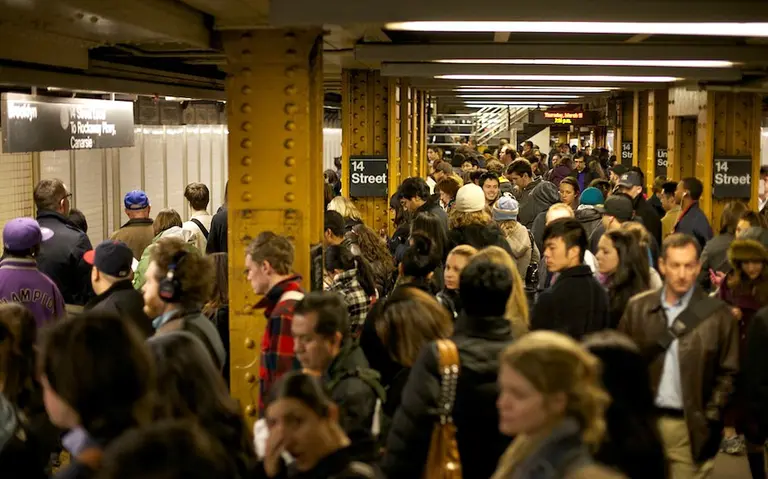July 14, 2017
6sqft’s ongoing series The Urban Lens invites photographers to share work exploring a theme or a place within New York City. In this installment, we share a set of vintage photos documenting the NYC subway in 1981. Are you a photographer who’d like to see your work featured on The Urban Lens? Get in touch with us at
[email protected].
Grim, gritty, grimy--these are just a few of the adjectives one could use to describe New York City in the 1980s. Homicide rates were at near-record highs, the crack epidemic had exploded, the police force had dwindled after the recession, and government mismanagement left the city on the brink of bankruptcy. At the time, a 22-year-old photographer from Florida named Christopher Morris was interning at the photo agency Black Star. According to TIME, he saw the graffiti-covered subway, dark, dank, and dangerous, as a battleground that "proved an opportunity to work on something of a domestic front line." Now an award-winning photojournalist, Morris recently rediscovered this set of shots that he took over six months in 1981, during which time he devoted himself to this unique, seedy underworld.
See his photo series ahead
